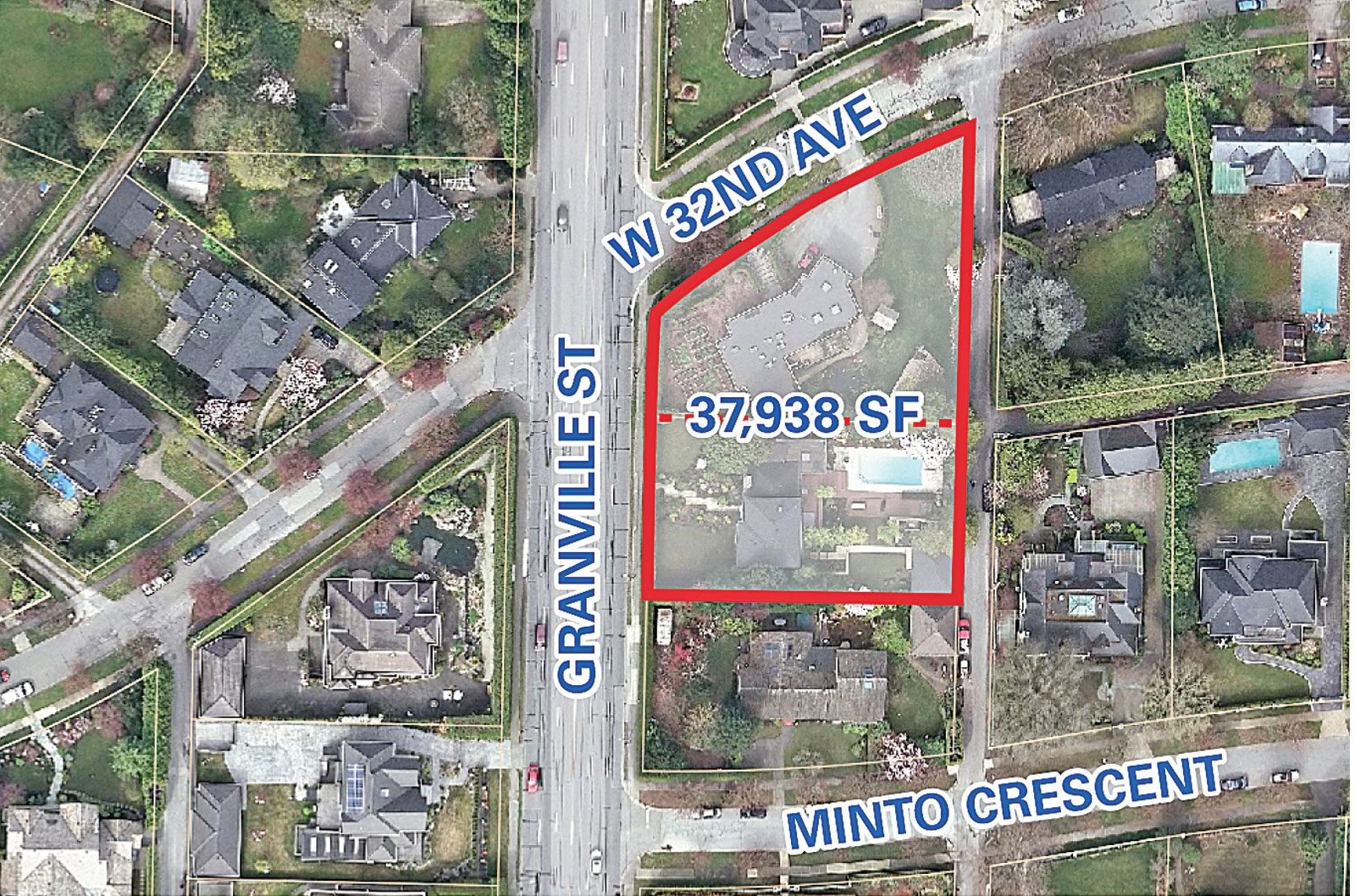Spinning Chandelier will go through its four-minute routine of lighting up and spinning twice a day, likely at 12 noon and 9 pm.
Kevin Griffin
The Vancouver Sun
Spinning Chandelier is being unveiled at 6:30 pm Wednesday, Nov. 27 when it will light up, drop straight down to its lowest point, begin rotating for four minutes, slow down and stop and rise back into the bridge deck when the lights will go off.
Once all the testing is complete, the plan is for Spinning Chandelier to go through its cycle twice a day at 12 noon and 9 pm. Rodney Graham’s Spinning Chandelier is not only a spectacular public art work that stands on its own. It’s also functions to reclaim an underused part of the city’s urban space.
Eric Fredericksen, head of public art for the city of Vancouver, said Spinning Chandelier is the kind of public art work that makes you stop and look at the underside of a bridge – something that most people wouldn’t give a second thought to.
He said the eight-lane bridge was originally intended to be part of a proposed high-volume highway for cars that was never realized. As a product of the 1950s, it’s now massively over built to the point that the city is now looking at ways to make it more human-scaled by adding an elevator to Granville Island and more space for pedestrians and cyclists.
Yet the underside has what he describes as a “modern gothic feel to it.”
“I’m going to mix my metaphors because you don’t put a crystal chandelier in a cathedral,” he said.
“Once the chandelier is tucked up under in its raised position it really turns that whole underside into a kind of beautiful structural neo-gothic form.”
He said that while Spinning Chandelier is a private sector project paid for by Westbank Corp, the city has been working closely with the developer to bring the project to fruition.
“We have been pretty engaged with it because it’s kind of a special case for something this big and for something on city property without it being city owned,” he said.
The city neither owns Spinning Chandelier nor will it be responsible for maintaining it.
“That involved some complicated arrangements on how you work to install something on a massive piece of city infrastructure in a way that’s safe, and create an agreement so you can have this thing in public space.”
A big part of the support for the project came from the city’s engineering department who didn’t put up roadblocks to hanging a chandelier from one of its major pieces of public infrastructure.
Fredericksen said he was told by Bryan Newson, who preceded Fredericksen as head of the city’s public art program, that engineering’s support for public art has developed since the public art program began in 1990.
Fredericksen became head of Vancouver’s public art program in 2017.
“By the time I stepped into my first meeting on (Spinning Chandelier), there were lots of technical questions on how it was going to work. There was no: ‘Should we do this?’”
The final budget for Spinning Chandelier is $4.8 million. Westbank was allowed to pay for the public art work by pooling its public art requirement for Vancouver House and three other developments, including The Butterfly, the tower at Nelson and Burrard by the late Bing Thom.
Fredericksen said it made sense to allow Westbank to pool several smaller scale projects to create a signature public art work.
“It made sense to think creatively about where resources are generated versus where they can be deployed effectively,” he said.
Fredericksen described Spinning Chandelier as a work of art by an artist who makes “charming, engaging pieces that have deep back stories.
“I think it’s so great to work with an artist of Rodney’s calibre to ensure they have a strong permanent presence in the city,” he said.
Spinning Chandelier is inspired by one of Graham’s earlier works called Torqued Chandelier Release, a 35 mm film of a spinning crystal chandelier.
That work was in turn inspired by an experiment by scientist Isaac Newton which involved half-filling a bucket with water, suspending it from a coiled rope and then allowing it to unwind. Newton, whose work helped launch the scientific revolution, believed the experiment established the idea of absolute space.
Spinning Chandelier weights more than 3,400 kgs and measures 7.8 m by 4.3 m. It’s made of stainless steel, LED lights and 600 polyurethane crystals by Walla Walla Foundry in Washington.
The chandelier is the public art component of Vancouver House, the expanding 60-storey condominium tower designed by Bjarke Ingels.
© 2019 Postmedia Network Inc



